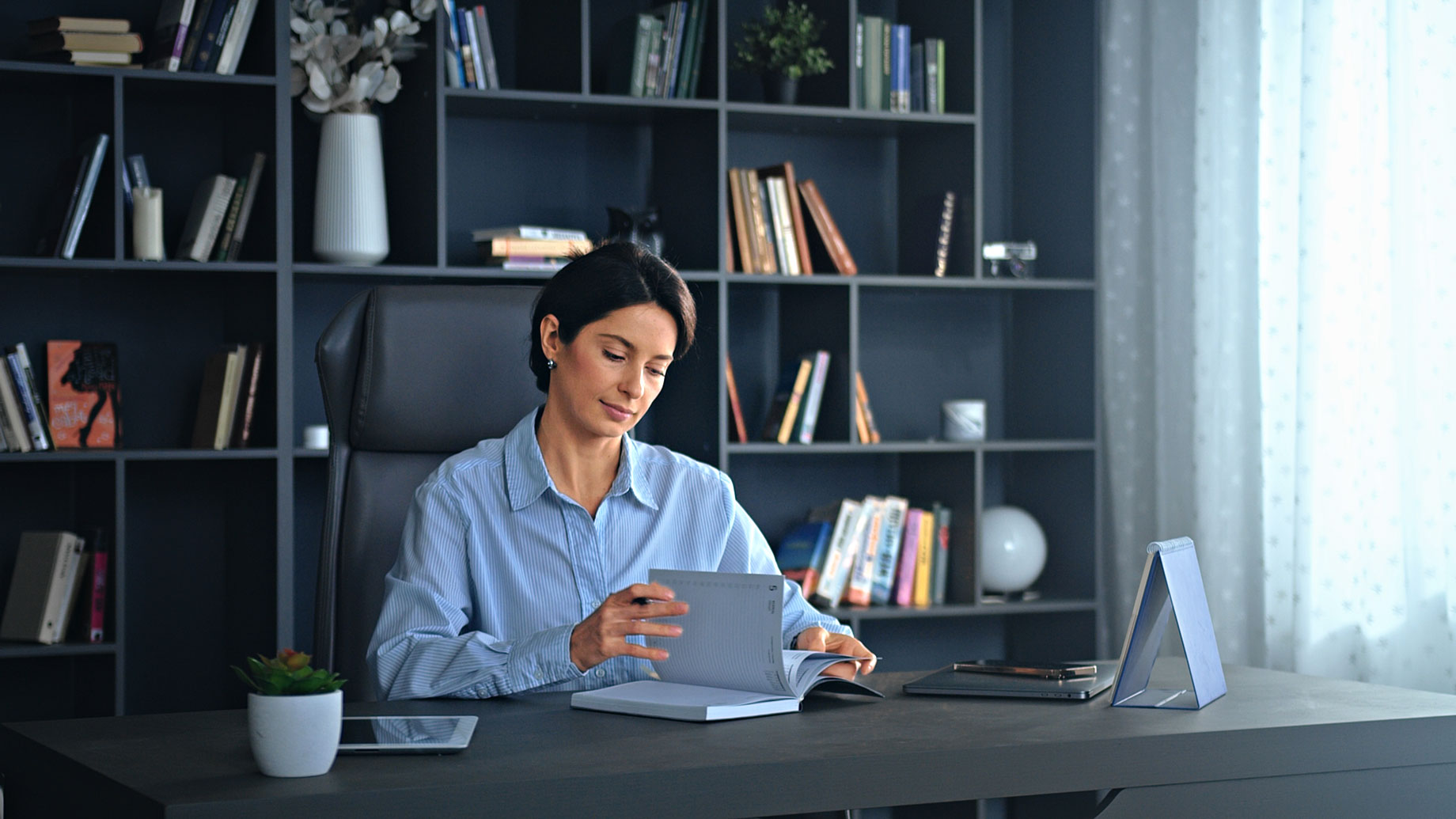
Working from home can be both a blessing and a challenge. On one hand, you get to avoid the daily commute and design your own schedule. On the other hand, a less-than-ideal workspace can make it tough to stay focused and feel comfortable. The key? Creating a home office that supports productivity while still feeling like your own cozy nook.
Here are five simple yet powerful ways to transform your home office into a space you genuinely enjoy spending time in.
1. A Chair That Supports You (Literally)
Let’s face it: sitting for hours in a stiff, uninviting chair can wreak havoc on your back and focus. An ergonomic chair is one of the best investments you can make in your home office. Not only does it provide essential support for your lower back, but it also encourages better posture, reduces fatigue, and keeps you comfortable throughout the day.
Look for chairs with adjustable features, height, armrests, and lumbar support, so you can fine-tune it to your body. Mesh backs offer breathability, while cushioned seats ensure comfort. And don’t underestimate the importance of mobility: wheels and a swivel base make it easier to reach for things without straining.
If a high-end ergonomic chair isn’t within your budget, you can still make improvements. Lumbar support cushions and padded seat covers are simple additions that enhance comfort without breaking the bank.
2. Lighting That Works With You, Not Against You
Natural light is a game-changer in any workspace. It boosts mood, reduces eye strain, and even helps regulate sleep cycles. If you’re lucky enough to have a window in your home office, position your desk near it to soak up as much daylight as possible. Avoid placing your monitor directly in front of or behind the window to reduce glare.
For those who rely on artificial lighting, a layered approach works best. Combine overhead lighting with task lights and ambient sources. Desk lamps with adjustable brightness are especially handy during late-night work sessions or on overcast days.
Consider the color temperature of your bulbs too. Cooler light (around 5000K) mimics daylight and can help keep you alert, while warmer tones (2700K to 3000K) create a more relaxed atmosphere. Having a mix allows you to tailor the mood based on the time of day or the type of work you’re doing.
3. Personal Touches That Spark Joy
Your home office should feel like an extension of you, not just a sterile workspace. Personal touches can boost creativity and make the space more enjoyable. Think beyond the basics and incorporate items that inspire you.
This could be framed artwork, a favorite quote, or decorative objects that reflect your interests. Plants are another fantastic addition; they not only add a splash of green but also purify the air and improve overall well-being. Low-maintenance options like snake plants or pothos work great in indoor settings.
Wall art, in particular, has the power to completely transform a space. A bold piece can add personality and color without overwhelming the room. For example, unique graffiti artwork from thegoatwallart.com offers an edgy and artistic vibe, perfect for those who want to inject creativity into their environment.
Remember, this is your space. Fill it with things that make you feel happy, calm, and motivated.
4. Organization Tools That Simplify Your Workflow
Clutter can be a major productivity killer. If your workspace is constantly messy, it’s harder to focus and easier to feel overwhelmed. The good news? You don’t need a full-blown filing cabinet system to stay organized.
Start with the essentials: shelves, drawer organizers, and desktop trays. These simple tools help keep papers, supplies, and devices in their place. Cable management tools can also make a big difference. Tangled cords not only look messy but can be frustrating to deal with.
Consider going digital wherever possible. Scanning important documents, using cloud storage, and integrating task management apps can streamline your workflow and reduce the amount of physical clutter.
Don’t forget to do regular cleanups. A five-minute tidy-up at the end of each workday sets the stage for a more focused morning.
5. A Layout That Works for Your Routine
No two workdays are exactly alike, so your office layout should reflect your specific needs. If you spend most of your time on video calls, you might want a neutral background and good lighting in front of your desk. If you’re more focused on deep work, a quiet corner away from distractions might be ideal.
Think about how you use your space throughout the day. Do you need room to sketch or write by hand? Would a standing desk setup benefit your health and productivity? Could a secondary monitor make multitasking easier?
Even in small spaces, thoughtful arrangement goes a long way. For example, using vertical storage frees up desk space, and corner desks can make use of otherwise awkward spots. Adding a cozy reading chair nearby can also give you a place to take breaks without leaving the room.
Make adjustments as your routine evolves. The beauty of a home office is that you’re in control, so experiment until it feels just right.
Conclusion
Creating a comfortable home office doesn’t require a major overhaul. With a few smart choices, a supportive chair, layered lighting, personal décor, streamlined organization, and a layout that suits your routine, you can design a workspace that truly works for you. And once you have a setup that feels good, staying productive (and happy) becomes a whole lot easier.